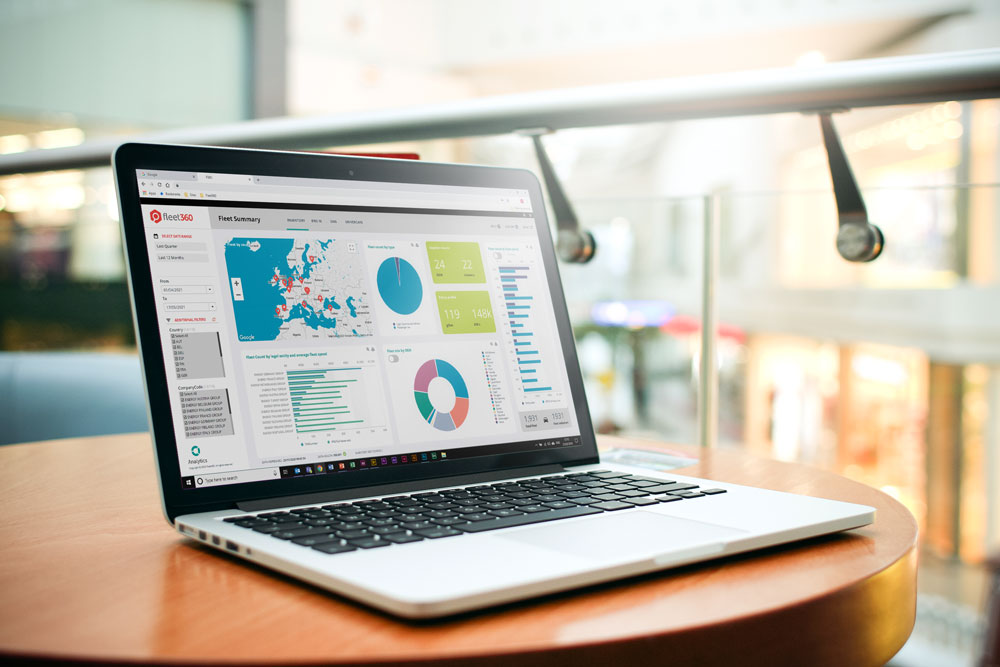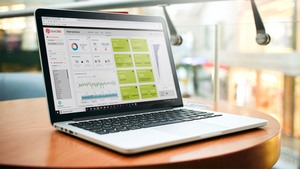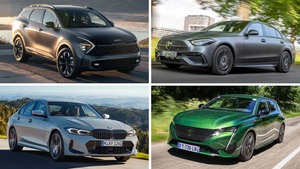How to prepare for EV transition is a common question these days. Fleet managers are possibly facing the one of their biggest challenges to date. How to navigate the many concerns around EV transition is no small task. However, with proper stakeholder engagement and planning a sustainable fleet is well within reach.
The main focus now for fleet mangers is to start planning for the inevitable changes ahead and indeed EV demand that will affect this EV transition. So what is the timeline looking like?
The EU net-zero timeline
The EU is banning the sale of new internal combustion engine (ICE) vehicles from 2035. This may sound years away and nothing you should concern yourself about – but legislation changes and the continued roll out of LEZs will soon start to impact on fleet costs. As you will have ready, many manufacturers are of rolling out their plans for EV transition and a week doesn’t go by without yet more EV choice in the market.
A summary of key EU targets
| 2022 | – Honda will sell only EVs and hybrids in Europe |
| 2023 | – Eight different Nissan EV models on the road |
| 2025 | – All new Mercedes vehicle platforms will be EV-only – Toyota will offer 70 different electrified models – EU aims to have charging stations installed every 60km along highways |
| 2030 | – 279,000 charging points needed for trucks across the EU – United Kingdom ban on sale of new ICE vehicles – 70% of VW’s European sales to come from EVs by this date – Volvo will only make electric cars by this date |
| 2035 | – General Motors plans to stop selling gas and diesel vehicles – EU ban on sale of new ICE vehicles – China will require all new vehicles to be from ‘new energy’ sources: EV and hybrid |
And this is just a snapshot. It is essential to factor in the continued expansion and growth of the of the EV market and indeed the impact it will have on charging infrastructure when planning your EV transition.
Fleet Analysis

Fleet ‘AS IS’ assessment
Every successful EV transition starts with a detailed assessment of your present situation.
- What is the direction of your fleet strategy?
- What is the current age and mileage profile of your fleet?
- What is the CO2 footprint of your fleet across all markets?
- Are your vehicles being fully utilised?
- What charging policy have you considered?
Understanding your driver mobility is key to a successful EV transition. There are many myths surrounding EV ownership, so you need to factor in the ability of your drivers to switch to an EV.
> How to select the best powertrain for your drivers
Defining the ‘TO BE’ situation
When looking for EV transition, the following are typical steps you would need to take:
- Benchmark: Compare fleet with similar fleets in same industry
- Define expectations: ensure EV’s will fit for your business purpose
- Collect and analyse: Review vehicle pricing and TCM for similar alternative EVs
- Render different scenarios: Determine which EVs are best
There are a many variables to consider when looking for an effective EV transition. Your future ‘TO BE’ situation needs to consider fleet demands, vehicle operation, leasing contracts, age and day-to-day scheduling. Once a full fleet audit has been completed, you should know exactly when to phase out ICE vehicles and introduce new EVs to your fleet. Different markets may have different timelines.
Have you considered charging needs?
Planning is key when driving an EV car and more so when driving an electric van (eLCV). With eLCV’s there are two main models for charging an electric commercial fleet:
- return-to-base (RTB) and
- return-to-home (RTH).
RTB allows you to manage charging from a single hub, but there are potential downsides in terms of grid constraints and limited space. RTH means relying on the rollout of public charging infrastructure and/or installing charging equipment at employees’ homes.
To make the right decision, you need to consider as many data points as possible. Key considerations include daily mileage, payload, vehicle dwelling times and travel routes. By collecting of data on driving behaviour, you can construct a charging plan that meets your business needs and maintains the service levels your customers expect.
If you choose to develop your own charging infrastructure, make sure to plan for the long term. It’s better to build out your capacity now so you’re ready for any future growth in demand. You’ll also benefit from better deals from electricians if you build more charging stations at the same time.
Prepare your drivers for the EV transition
Your current OEM will be more than happy to assist in providing EV demos/test sessions. This is useful to help allay any fears about EV ownership and demonstrate the many positives of EV vehicles. In particular, the need to understand new charging policies and any necessary changes to their driving behaviour. Also, drivers will also learn about the reduction in maintenance needs and how changes in behaviour can have a huge impact on driver safety and culture.
Employees need to be involved in the process from an early stage. Developing a robust and clear communication strategy is essential for EV transition or indeed any project for that matter!



